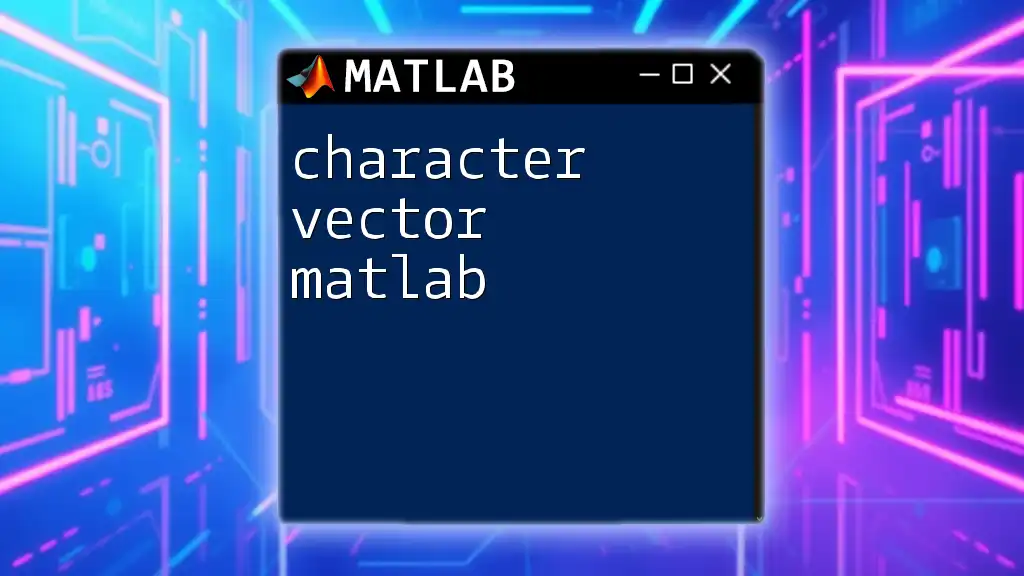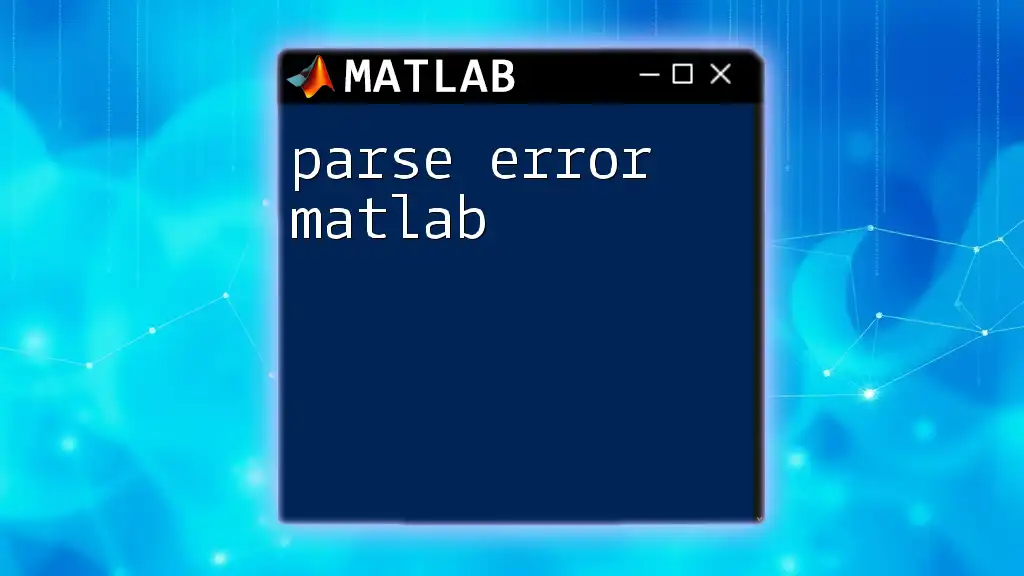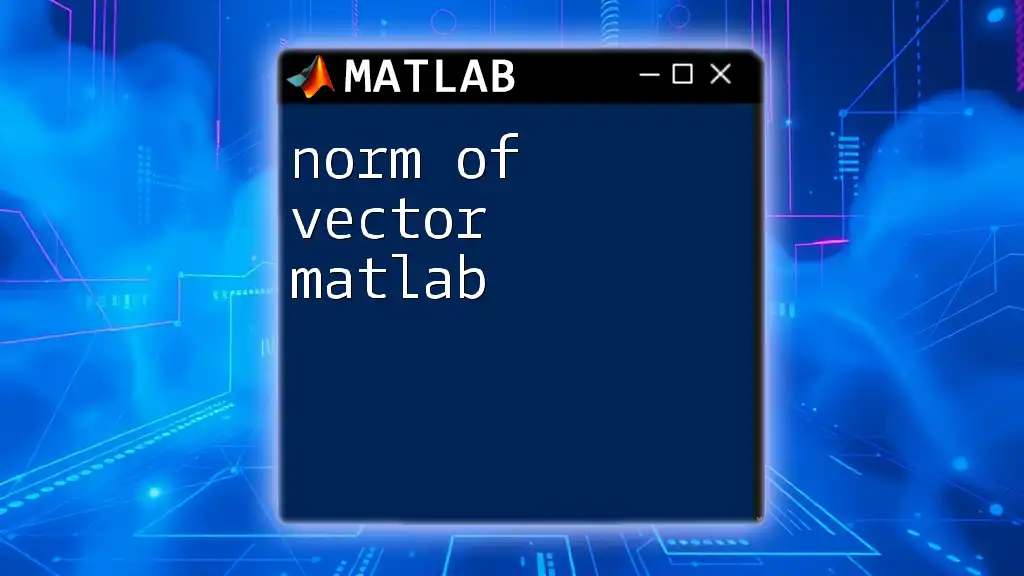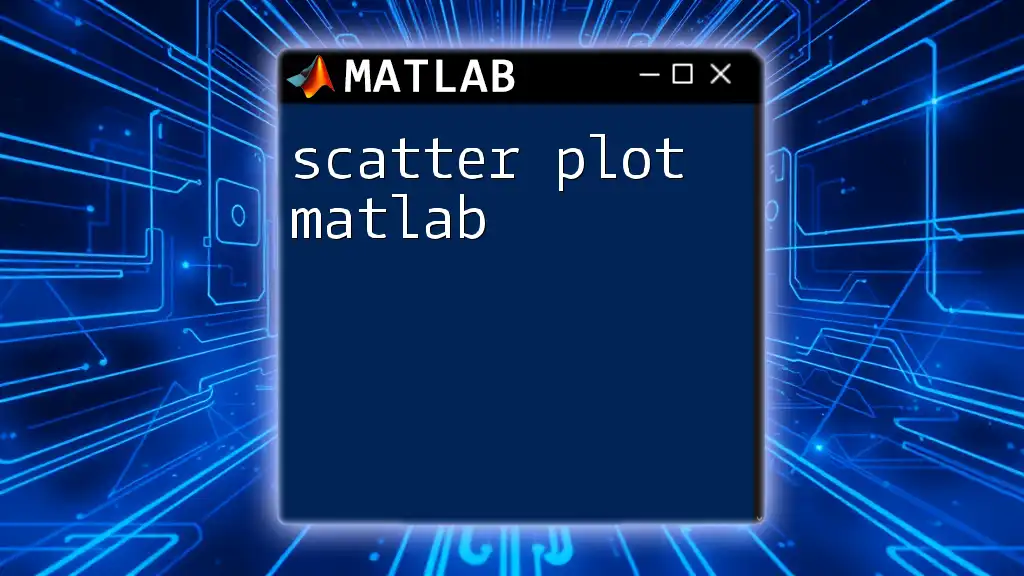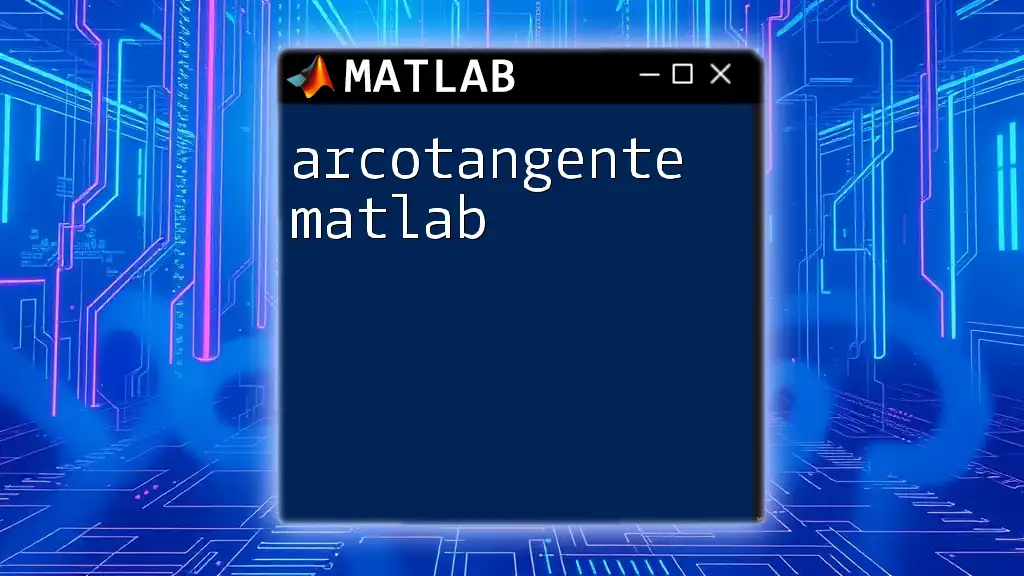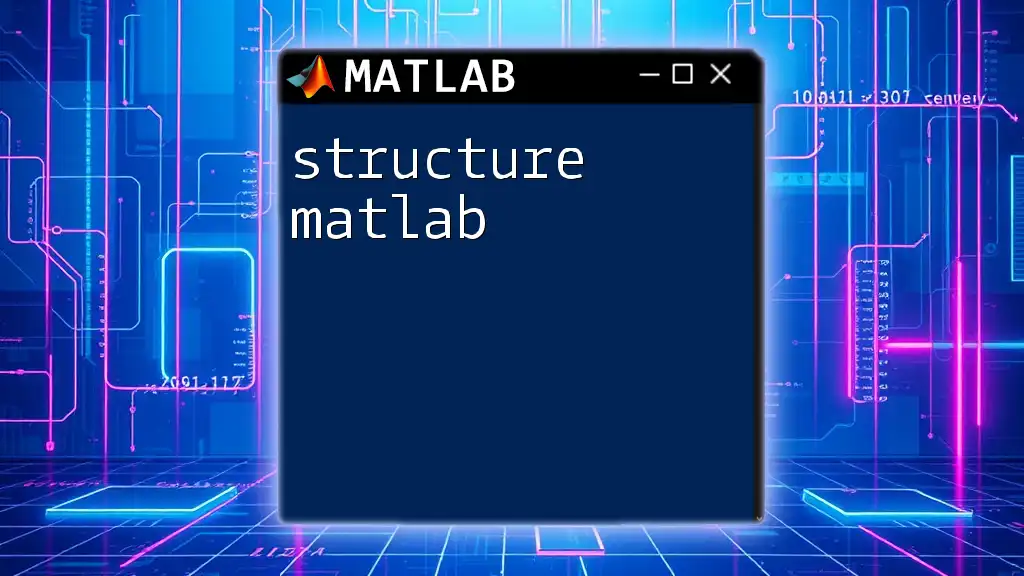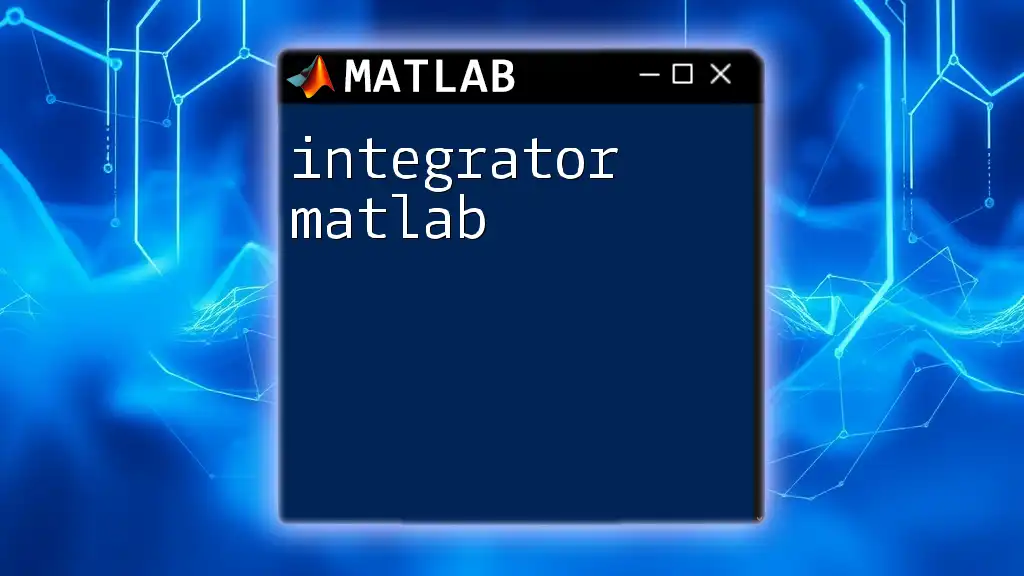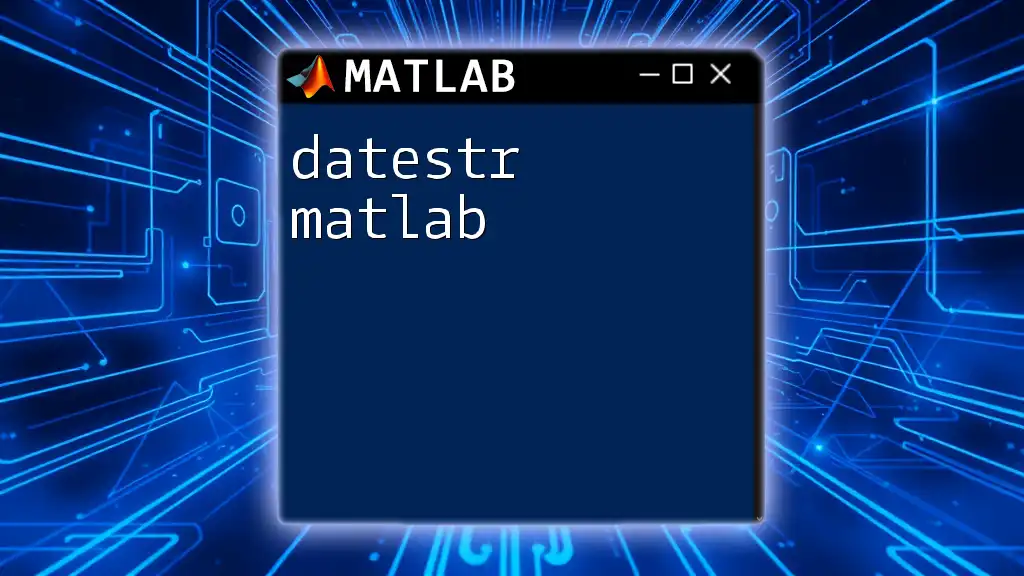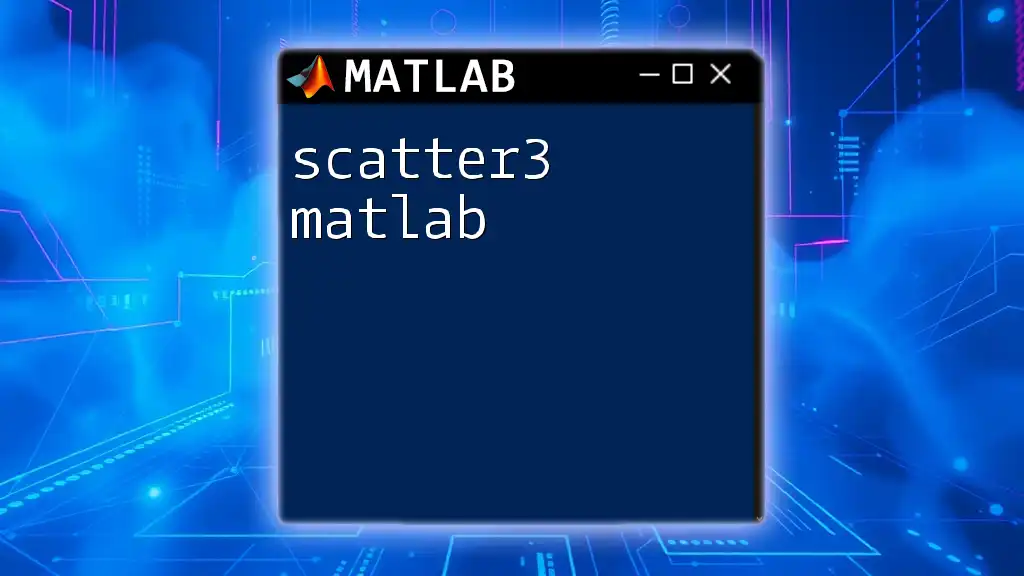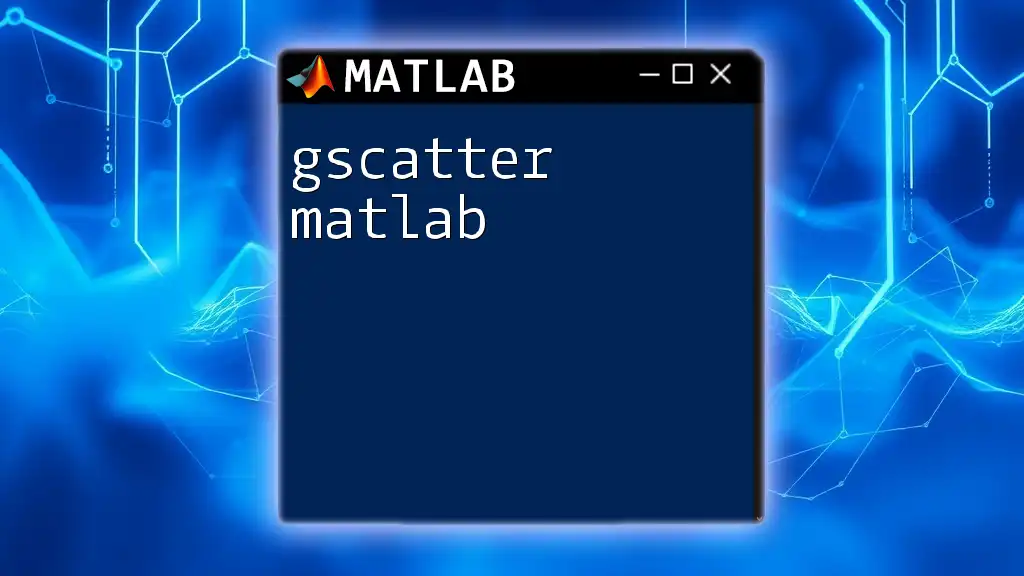A character vector in MATLAB is a one-dimensional array of characters used to represent text strings, allowing for efficient text manipulation and operations.
% Example of creating a character vector in MATLAB
charVector = 'Hello, MATLAB!';
Introduction to Character Vectors
Character vectors are one-dimensional arrays of characters in MATLAB, representing text data. In MATLAB, character vectors are enclosed in single quotes (e.g., `'Hello'`). Understanding how to work with character vectors is essential, as they are frequently used for input, output, and string manipulation tasks in various applications.
Creating Character Vectors
Creating character vectors in MATLAB is straightforward. The fundamental syntax involves simply enclosing the desired text in single quotes. For example:
charVector = 'Hello, World!';
This statement initializes a character vector named `charVector` with the text `Hello, World!`.
Using the `char` Function
Another method to create character vectors is by using the `char` function, which converts numeric arrays (ASCII values) into character vectors. For instance:
numericArray = [72 101 108 108 111];
charVector = char(numericArray);
In this example, the numeric array corresponds to the ASCII values of the characters 'H', 'e', 'l', 'l', and 'o', resulting in the character vector `Hello`.
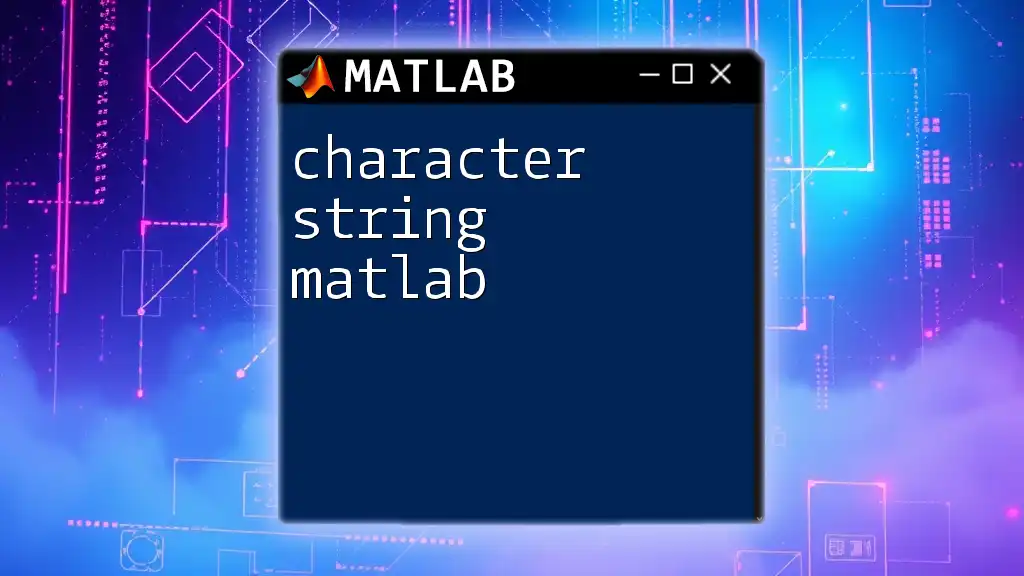
Accessing and Modifying Character Vectors
Accessing individual characters in a character vector is achieved through indexing. Each character's position is indexed starting from 1. For example:
firstChar = charVector(1); % Output: 'H'
This command retrieves the first character of `charVector`, which is `H`.
Modifying Character Vectors
MATLAB allows for the modification of specific characters within a character vector as well. You can change a character by assigning a new value to a specific index. For instance:
charVector(1) = 'h'; % Changes 'Hello' to 'hello'
This simple operation modifies the first character, turning `Hello` into `hello`.
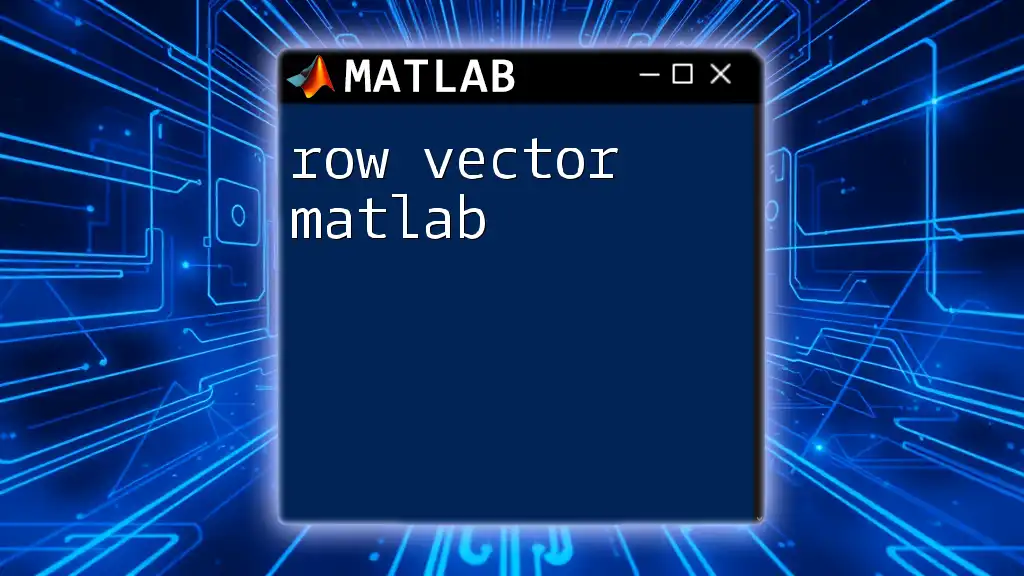
Common Functions Used with Character Vectors
`length` Function
You can determine the number of characters in a character vector using the `length` function. This is useful for string validation or processing. For example:
len = length(charVector); % Output: 13
This indicates that the character vector contains 13 characters.
String Comparison Functions
When needing to compare character vectors, MATLAB provides several functions including `strcmp` and `strcmpi`. The `strcmp` function performs a case-sensitive comparison. For example:
isEqual = strcmp('hello', 'hello'); % Output: true
Conversely, `strcmpi` ignores case, making it useful for scenarios where user inputs may vary in case.
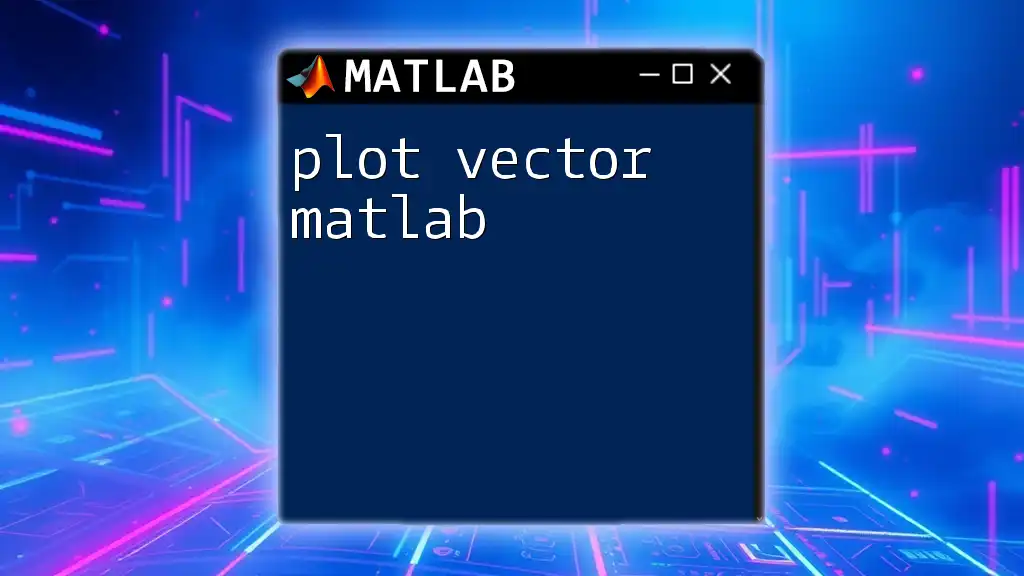
Converting Between Character Vectors and Strings
Using the `string` Function
With the latest versions of MATLAB, you can easily convert character vectors to string arrays by using the `string` function. Here’s how it looks:
str = string(charVector); % Converts to string
This conversion enhances functionality as string arrays offer more capabilities compared to classic character vectors.
Benefits of Using Strings Over Character Vectors
While character vectors have been a staple in MATLAB, modern string arrays provide a more flexible and efficient means to manipulate text. Strings support a broader range of functions and operations, making them preferable for new projects.
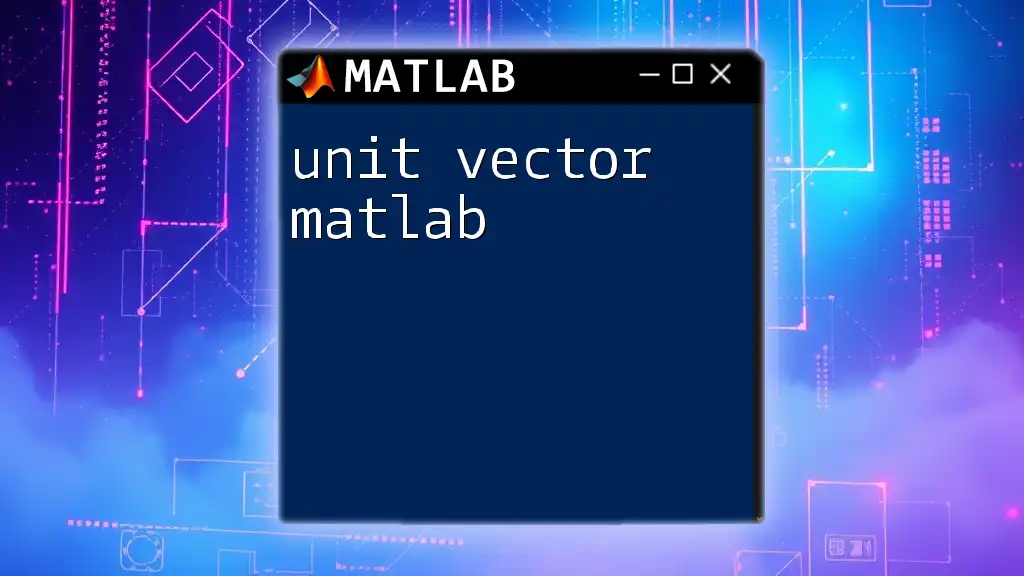
Working with Character Vectors in Functions
Character vectors can also serve as function arguments. You can define a function that takes a character vector as an input and processes it. For example:
function output = greet(name)
output = ['Hello, ' name '!'];
end
Here, the function `greet` accepts a character vector `name` and returns a greeting formatted as a character vector.
Returning Character Vectors from Functions
You can return character vectors from functions just as easily. This allows for modular programming practices, enhancing code organization and reuse.

Advanced Manipulations with Character Vectors
String Manipulation Techniques
MATLAB provides robust functions for manipulating character vectors. For example, to concatenate two character vectors, you can use the `strcat` function:
newString = strcat('Hello', ', ', 'World!'); % Output: 'Hello, World!'
Similarly, if you need to replace all occurrences of a substring, the `strrep` function is handy:
updatedString = strrep('Hello, World!', 'World', 'MATLAB'); % Output: 'Hello, MATLAB!'
Finding Substrings
To locate substrings within a character vector, MATLAB’s `strfind` function can be utilized. This function identifies the starting index of a substring:
index = strfind(charVector, 'lo'); % Output: 4
In this case, it indicates that the substring `lo` starts at index 4.
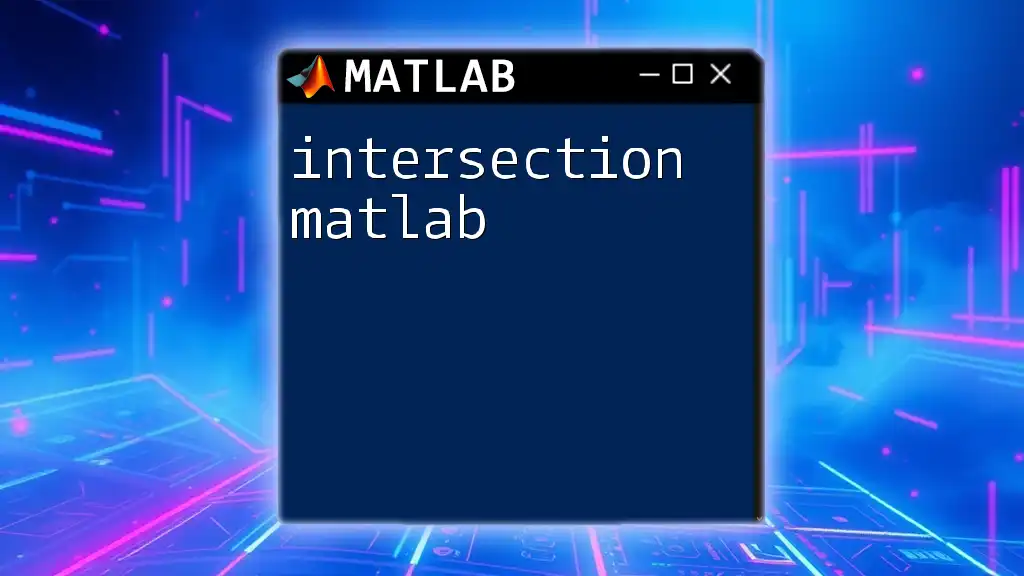
Practical Applications and Use Cases
Character vectors play a vital role in various practical applications, particularly in file operations. For example, you can use character vectors to create file names dynamically or manipulate file content:
filename = strcat('data_', date, '.txt');
Additionally, character vectors are beneficial when handling user inputs, allowing for easy processing and validation of string data.
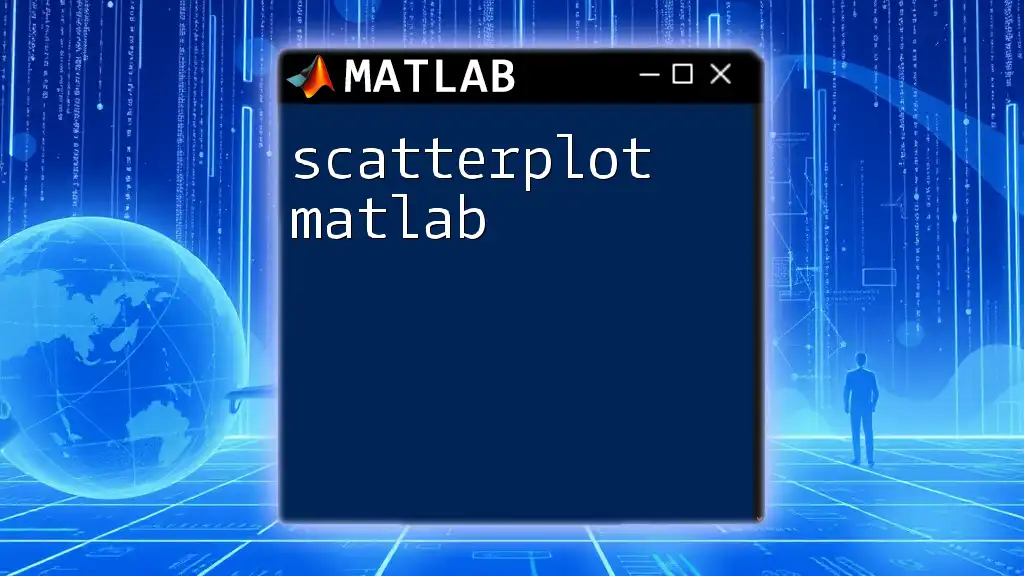
Best Practices When Working with Character Vectors
Choosing Between Character Vectors and Strings
When selecting whether to use character vectors or modern string arrays, consider the context and requirements of your application. While character vectors are still valid, strings should generally be preferred for new projects due to their advanced functionality.
Performance Considerations
As with any programming decision, keep in mind the performance implications. Strings may provide advantages in terms of capabilities but can incur overhead for specific operations. Always optimize accordingly based on your needs.
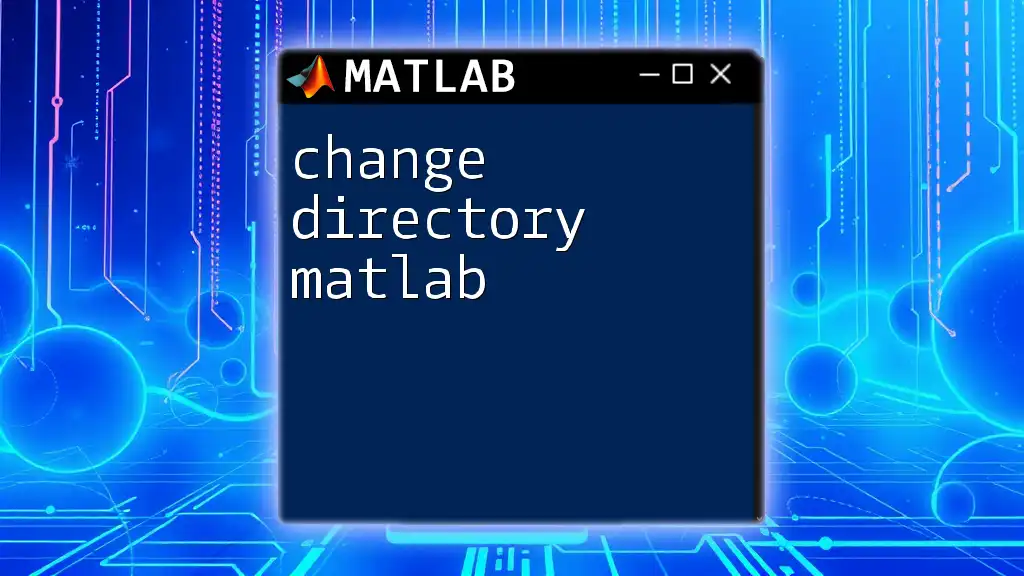
Conclusion
Working with character vectors in MATLAB unlocks a myriad of possibilities for string manipulation and data handling. Understanding their creation, manipulation, and functions will enhance your programming experience. By practicing and applying these techniques, you can elevate your MATLAB skills significantly.

